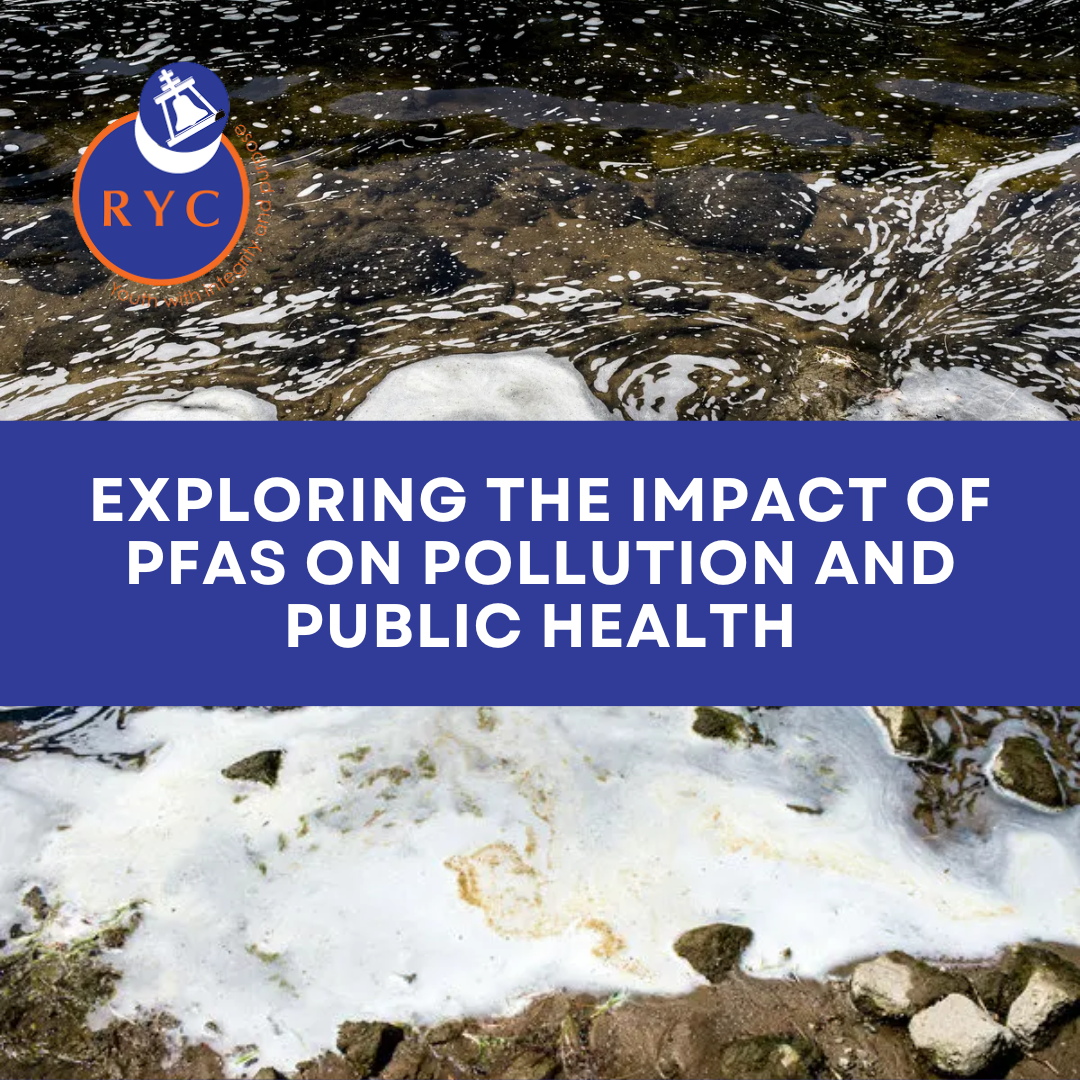Quality of life on our planet has improved over the past few decades thanks to chemical engineering. There is no doubt that chemical engineers have allowed our lives to become easier and much more comfortable. One surefire example of this would be the invention of polyfluoroalkyl substances (PFAS). These substances have unique properties that attract engineers and scientists with their innovative potential. Existing in firefighting foam, food packaging, nonstick cookware, and much more, the impact of these substances can be clearly seen today. However, scientists have discovered that even though these substances have benefited humankind, they also contain extremely harmful effects to our society and environment
Background History of Polyfluoroalkyl Substances
Polyfluoroalkyl substances were first created by a company named Dupont in the mid-1900s. These substances immediately gained popularity as they were able to repel water, oil, and grease, which later snowballed into other organizations like the military and construction. These PFAS molecules have a chemical structure of chains of carbon atoms that are bonded together with fluorine atoms. This gives them a unique property of heat resistance, and they also have the property of being hydrophobic as they have low intermolecular forces. This particular bond is also one of the strongest in nature, which is where they get their name “forever chemicals”. In other words, they do not degrade or deteriorate in a short period of time.
There are approximately 15,000 different types of PFAS molecules with the main concern being PFOA and PFOS. Most of the other types of PFAS molecules are derivatives and are derived from these two specific PFAS molecules. To keep it brief, PFAS molecules are in everything including our food, water, and air. No matter where you go and no matter what you eat or drink, there will be PFAS contamination in some form. Even though the U.S. has banned all production of PFAS, these molecules have been utilized for so long by the world that completely erasing them is not a possibility.
Impacts of Polyfluoroalkyl Substances
Why should you care about Polyfluoroalkyl Substances? They negative impact our health and the environment. First, polyfluoroalkyl substances are extremely harmful when it comes to the human body. After being exposed to PFAS chemicals for a long period of time, studies have shown that PFAS could affect vaccine responses, neurological defects at birth, cardiac defects, and increased risk in diseases like cancer or high blood pressure. One famous example of this is Amara Strande who had lost her life to cancer due to PFAS exposure. According to the National Institute of Health, PFAS chemicals have been known to even alter thyroid function as well as lipid and insulin dysregulation.
Not only do PFAS molecules cause damage in our human bodies, they also create large pools of PFAS within the bodies of organisms that could cause large amounts of damage to those that consume them and to themselves. There have even been studies done on animals showing that PFAS damages the liver and other immune system responses, ultimately lowering their chances of survival. In addition to that, if PFAS contaminates one portion of the food web, the rest of the food web will ultimately be infected in some form. For example, if the water around a plant gets contaminated with PFAS molecules and that plant intakes the contaminated water. The plant is now infected with PFAS which can cause the primary, secondary, and tertiary consumers to be infected. With the higher up animals in the food web having the most amount of PFAS contamination.
How Polyfluoroalkyl Substances Pollutes Our World
PFAS molecules slowly leech into the things that they come in contact with. For example, shampoo or grease resistant paper are great examples. Grease resistant paper inherently has PFAS molecules in it. When food is placed over it, the PFAS molecules slowly leech into the food you place on top of it. Shampoo has PFAS molecules within its container that can get onto your skin after application and sit there until you inadvertently touch something like food that enters your body.
Additionally, when plastics or other trash are thrown into lakes, rivers, or even on the ground, the container will degrade eventually but PFAS (“forever chemicals”) will not. When rain or floods occur and these chemicals are absorbed into the soil or groundwater, they will move to other places and contaminate the living organisms that live in that area.
Make an effort today to try and keep the trash in the bins and not in our world.
